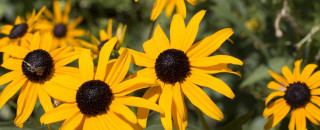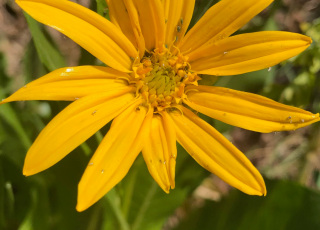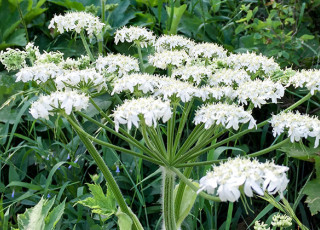5 Common Utah Wildflowers
By Westin Porter
Most of us are no strangers to the opulent and abundant natural beauty of Utah. Utahns are spoiled by majestic, snow-frosted mountain views, rustic red rock, and breathtaking forestland. With so much beauty all around, it can be easy to miss the little gems we see every day. Below is a list of five wildflowers most Utahns can spot right outside their homes.
1. Sunflower, Helianthus annuus
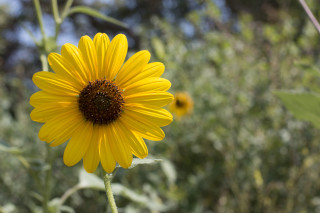
One of the most identifiable of the bunch, the common sunflower can be seen in the mountains, along foothill trails, and even in populated, urban areas. Where some wildflowers avoid high-traffic areas, sunflowers are built to thrive in them with their resilient roots, and coarse stems, which can grow as tall as eight-feet. Contrary to common belief, the pseudanthium, or flower head, of the sunflower does not actually follow the movement of the sun. In fact, the flower head itself is not actually a single flower, but a cluster of small, five-petaled flowers.
2. Common Dandelion, Taraxacum officinale
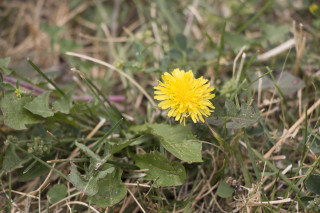
Wildflower or weed? To many, the common dandelion falls somewhere between being a friendly flower, to the bane of a meticulous gardener’s well-manicured existence. Ubiquitous throughout the United States, the common dandelion gets its name from the French word for lions tooth, dent de lion, because of its leaves’ toothed edges. The dandelion has been used medicinally as well as a food source by Native Americans and settlers alike for centuries. For those of you still unconvinced of the dandelion’s important place in U.S. culture and history, just take the delicious, depression-era dandelion wine for proof.
3. Chicory, Cichorium intybus
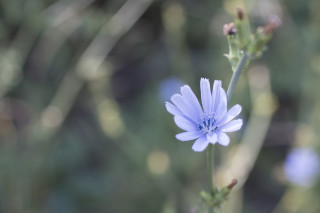
The more attractive cousin of the common dandelion, chicory can be spotted in the foothills and along roadsides in Northern Utah. Easily identifiable by its soft-blue hue, thinly fanned leaves, and delicate posture atop green, discreetly leaved stems. Like most of its wildflower counterparts, chicory is a highly resourceful, nutritious plant. Its bitter, earthy taste makes it a common ingredient in salads, soups, and even as a substitute for coffee. Resources regarded, chicory is, however, listed on some state’s Noxious Weed list because it is a non-native, invasive plant that degrades agricultural land.
4. Showy Milkweed, Asclepias speciosa
It’s easy to see how this particular milkweed earned its name with its broad, ovate leaves and starry flowers that bloom in clusters like a white-pink firework. Showy milkweed’s juicy nectar and broad leaves make it the perfect host plant for insects, which is why you will often find it amidst Monarch caterpillars and butterflies. Native to this part of the continent, you can find showy milkweed in mountain meadows, open woodlands, and even in highly disturbed areas within the city—just look for the butterflies!
5. Curlycup Gumweed, Grindelia squarrosa

Another Utah-native member of the sunflower family, curlycup gumweed (a name that sounds like an insult one might hear hurled in an Old West saloon) is easily spotted by its mini-sunflower appearance. Like its larger cousin, the flower head of curlycup gumweed is actually a cluster of smaller flowers. Curlycup gumweed grows closer to the ground, however, and gets its “gumweed” term from the sticky sap that secretes on the plant. Like the rest of the plants discussed in this post, gumweed was used as a panacea for many ailments. The leaves were used to treat asthma and bronchitis, while the powdered flower heads were used as a supplement in cigarettes to relieve asthma.
To learn more about these and other common wildflowers in and around Salt Lake City, consider joining one of our Foothill Wildflower Walks with the Museum's botanist and entomologist, or dive straight into a virtual wildflower walk on our YouTube channel.
Westin Porter is a Digital Science Writer for the Natural History Museum of Utah, a part of the University of Utah in Salt Lake City. Our mission is to illuminate the natural world and the place of humans within it. In addition to housing outstanding exhibits for the public, NHMU is a research museum. Learn more.
